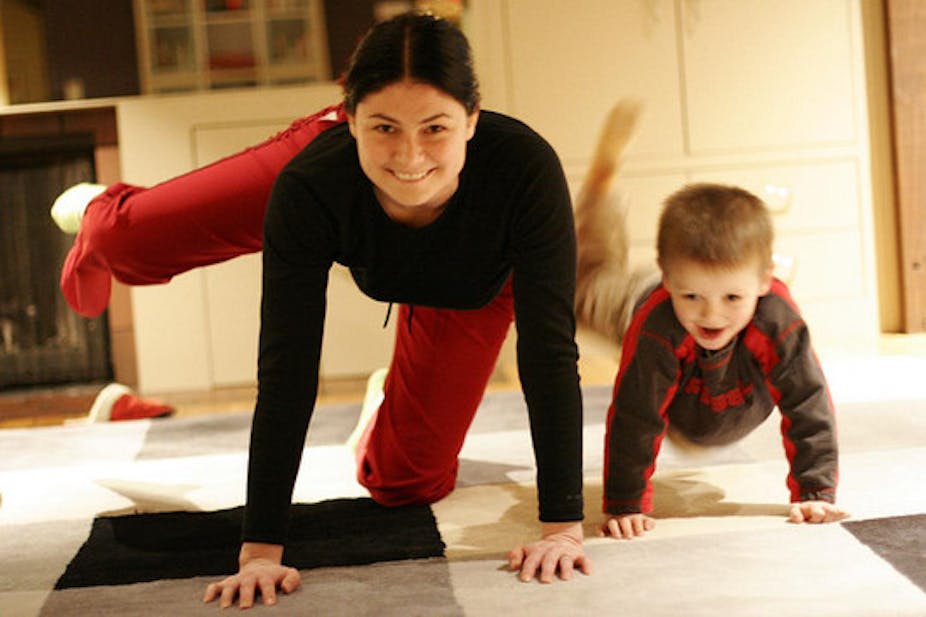Conservative commentary often attempts to reinstate the primacy of stay-at-home motherhood, prompting feelings of guilt among working mothers. But a recent study might help to finally lay this issue to rest – it shows working mothers are happier and healthier than stay-at-home mums.
The study, published in the US Journal of Family Psychology, found mothers who worked part time were generally in a happier frame of mind and were better able to manage their daily family issues than mothers who worked full time or stayed at home.
While the study showed no significant differences in how these women parent or maintain fulfilling partnerships, it found that mothers’ part-time work impacted positively on family life.
Perhaps the most significant conclusion was that even mothers’ full time hours did not have the negative impact on a family many would expect.
This shouldn’t be seen as a poor reflection of women who stay at home full time: mothers should be able to choose whether or not they work outside of the home according to what they feel is right for them and their family. Of course, that’s easier said than done.
Healthy attachments
What’s exciting about this report is it turns on its head the idea that a family is only well served if mothers stay at home. It shows that it’s the quality of the time spent with children, not the quantity, that counts most for their healthy development.
In this sense, the findings reinforce past research on attachment theory which spans the disciplines of psychology, education, medicine and social science. According to this theory, children form healthy attachments to their parents when they spend quality time with mum and dad, who play with them, work with them and can generally “be” with them.

Historically, the negative focus on mothers who work has stemmed from a misunderstanding of early attachment research in the late 1960s that focused on maternal deprivation and its effects on the mother-child bond. British psychologist John Bowlby was concerned that a child’s separation from their mother would impact on their bond, but this theory was never meant to infer that children of mothers working full time would be adversely affected.
More recent longitudinal studies in the United States and Australia paint a different picture about parent-child attachment. We’re beginning to understand that secure attachments occur when a parent gives a child a safe haven to return to while they are out exploring their world. This means that it’s quite permissible for parents to let their children explore and play.
Children just want to be able to “check in” with a trusted adult. And that trusted adult does not have to be a mother – it can be a father, grandparent or child-care educator. All of the love and care a child receives is not the only primary responsibility of a mother.
Finally, modern attachment theory deals with notions of resilience and repair. If difficulties arise in the mother-child relationship, they can generally be resolved. A parent might make mistakes such as being impatient or snapping at a child, but this does not mean that the parent-child relationship will be forever harmed.
Family well-being is more likely when everyone in the family feels fulfilled. Mothers should not have to shoulder full responsibility for very young children. This can be a shared experience – between mothers, fathers, grandparents and carers/educators. After all, that’s what family and community is about.

